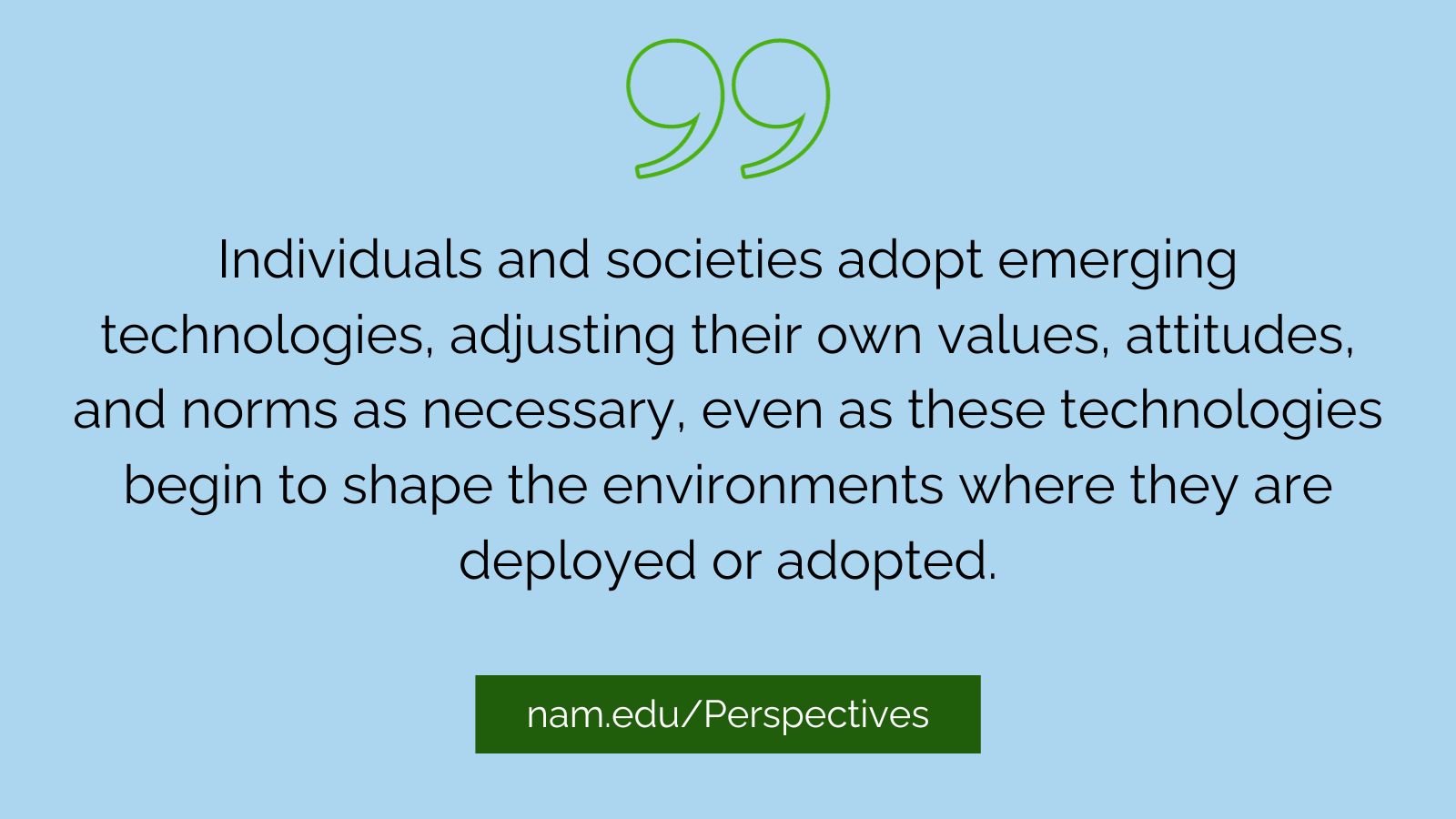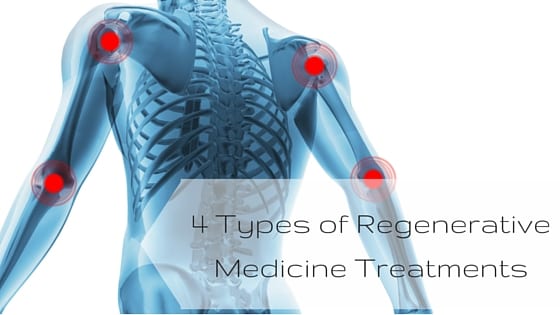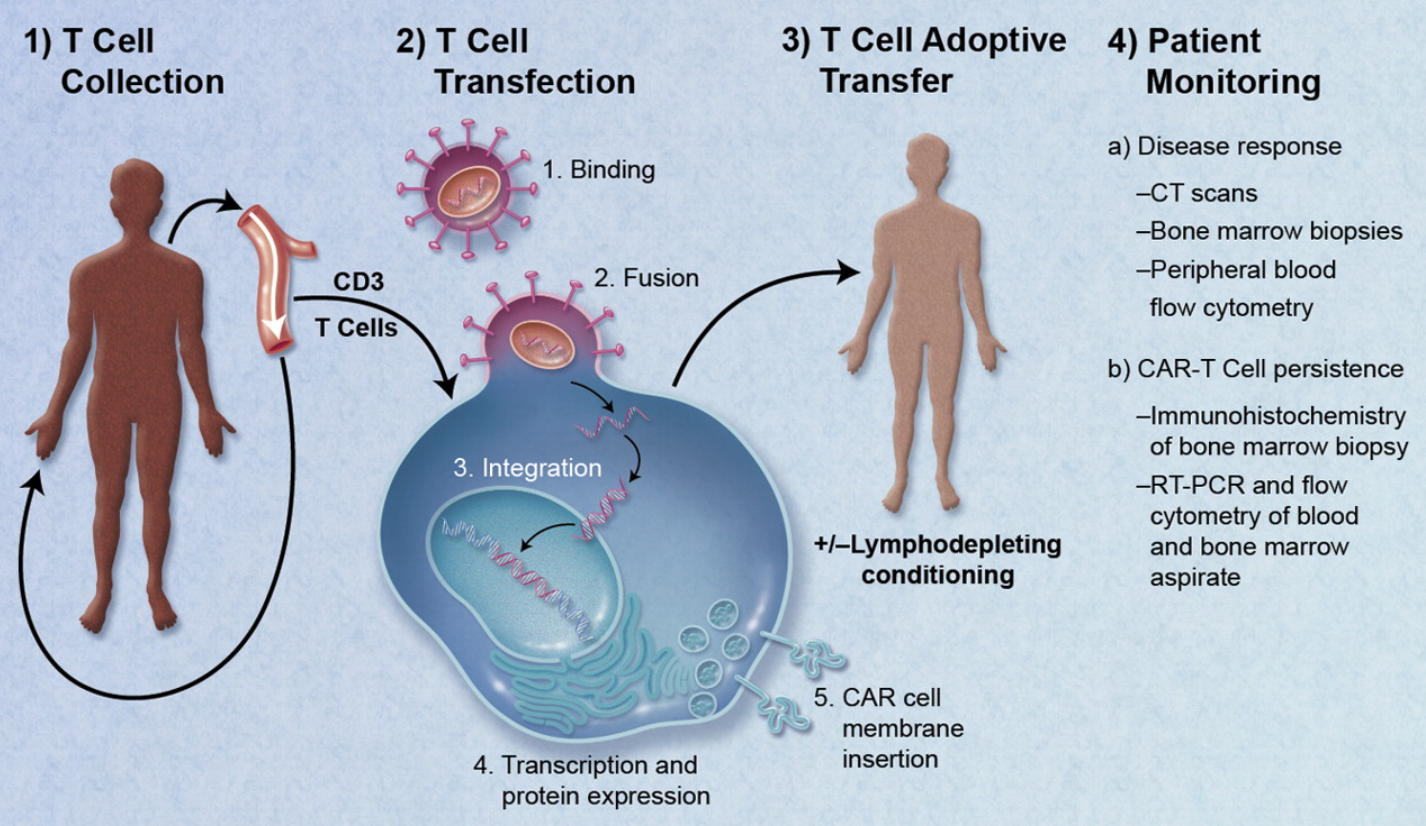Table of Contents

[/image][=video]
[/video]
There are lots of sorts of stem cells. In general, the term stem cell describes a classification of cells that trigger other cells (like skin, blood, heart, and muscle cells) by duplicating and setting apart in action to chemical hints. Totipotent stem cells appear at the earliest phase of advancement and are the only stem cells which can produce beginning stem cells and the placenta.
Bone marrow transplant (BMT) is an unique therapy for clients with particular cancers cells or other diseases. A bone marrow transplant includes taking cells that are typically located in the bone marrow (stem cells), filtering system those cells, and giving them back either to the contributor (person) or to an additional person. The goal of BMT is to transfuse healthy and balanced bone marrow cells into a person after his/her own undesirable bone marrow has been dealt with to kill the unusual cells.
Bone marrow is the soft, spongy cells found inside bones. It is where a lot of the body's blood cells establish and are stored. The blood cells that make other blood cells are called stem cells. The most primitive of the stem cells is called the pluripotent stem cell. This is various than various other blood cells with respect to the adhering to residential properties: It has the ability to reproduce an additional cell identical to itself.
It is the stem cells that are required in bone marrow transplant. The goal of a bone marrow transplant is to heal numerous conditions and kinds of cancer cells. When the doses of radiation treatment or radiation required to treat a cancer cells are so high that an individual's bone marrow stem cells will certainly be permanently harmed or damaged by the therapy, a bone marrow transplant may be needed.
Regenerative Therapy around Sterling Heights, Michigan
This process is frequently called rescue. Change bone marrow with genetically healthy functioning bone marrow to stop even more damages from a genetic condition procedure (such as Hurler's syndrome and adrenoleukodystrophy). The dangers and advantages need to be considered in a thorough discussion with your health care service provider and professionals in bone marrow transplants before the procedure.
There are different kinds of bone marrow transplants depending on who the contributor is. The various kinds of BMT include the following: The benefactor is the client himself or herself. Stem cells are drawn from the patient either by bone marrow harvest or apheresis (a procedure of accumulating outer blood stem cells), frozen, and after that repaid to the individual after extensive therapy.
The contributor shares the same genetic type as the client. Stem cells are taken either by bone marrow harvest or apheresis from a genetically matched donor, generally a brother or sis. Other donors for allogeneic bone marrow transplants might include the following: A haploid-identical match is when the benefactor is a parent and the genetic suit is at the very least half similar to the recipient.

Matching involves inputting human leukocyte antigen (HLA) tissue. The antigens externally of these special white blood cells figure out the genetic make-up of a person's body immune system. There are at the very least 100 HLA antigens; nevertheless, it is believed that there are a couple of significant antigens that establish whether a benefactor and recipient suit.
Clinical research is still exploring the duty all antigens play in the procedure of a bone marrow transplant. The even more antigens that match, the far better the engraftment of donated marrow. Engraftment of the stem cells happens when the contributed cells make their means to the marrow and start making new blood cells.
Regenerative Therapy
All individuals work with each other to provide the ideal possibility for a successful transplant. The group is composed of the following: Medical care companies who specialize in oncology, hematology, immunology, and bone marrow transplantation.
Professionals that will certainly aid you fulfill your nutritional demands before and after the transplant. Several various other team participants will assess you prior to transplant and will offer follow-up treatment as needed.

A full medical background and physical examination are performed, consisting of numerous examinations to evaluate the client's blood and organ features (for instance, heart, kidney, liver, and lungs). An individual will certainly commonly enter the transplant center as much as 10 days prior to transplant for hydration, analysis, positioning of the main venous line, and other preparations.
For an allogeneic transplant, a suitable (cells typed and matched) donor needs to be offered. Voluntary marrow contributors are registered in several nationwide and global computer system registries.
Benefactor sources readily available consist of: self, brother or sister, moms and dad or relative, nonrelated person, or umbilical cable from a related or nonrelated individual. There are nationwide and international pc registries for nonrelated people and cord blood.
Regenerative Therapy around Sterling Heights
Tests associated with his/her wellness, exposure to infections, and hereditary analysis will be done to establish the level of the match. The contributor will be given directions on how a bone marrow donation will certainly be made. Once a suit for a client needing a bone marrow transplant is located, after that stem cells will certainly be collected either by a bone marrow harvest.
Or by an outer blood stem cell collection. This is where stem cells are gathered from the flowing cells in the blood.
Navigation
Latest Posts
Perimenopause Treatment
Medical Group
Stem Cell Therapy